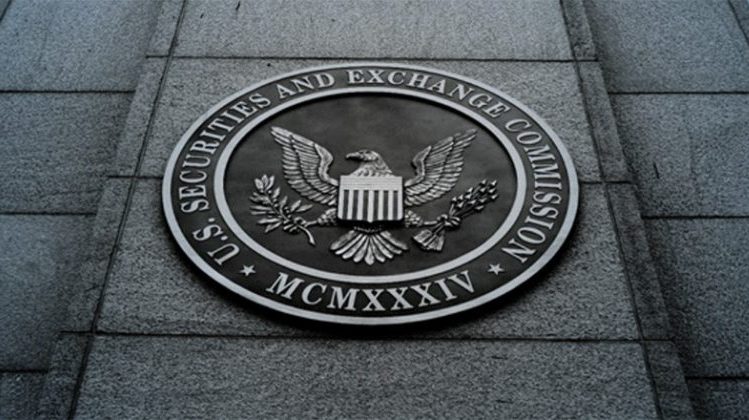Green Finance
US investors brace for upcoming climate risk regulations
- US regulators are dialing down on climate change risks and their effects on the economy, aiming to improve financial disclosure requirements on how institutions manage their climate risk exposures internally.
- The SEC is working on a mandatory climate risk disclosure proposal for US capital markets, which are asking for more consistent standards as to what constitutes "green" investments and ESG.








